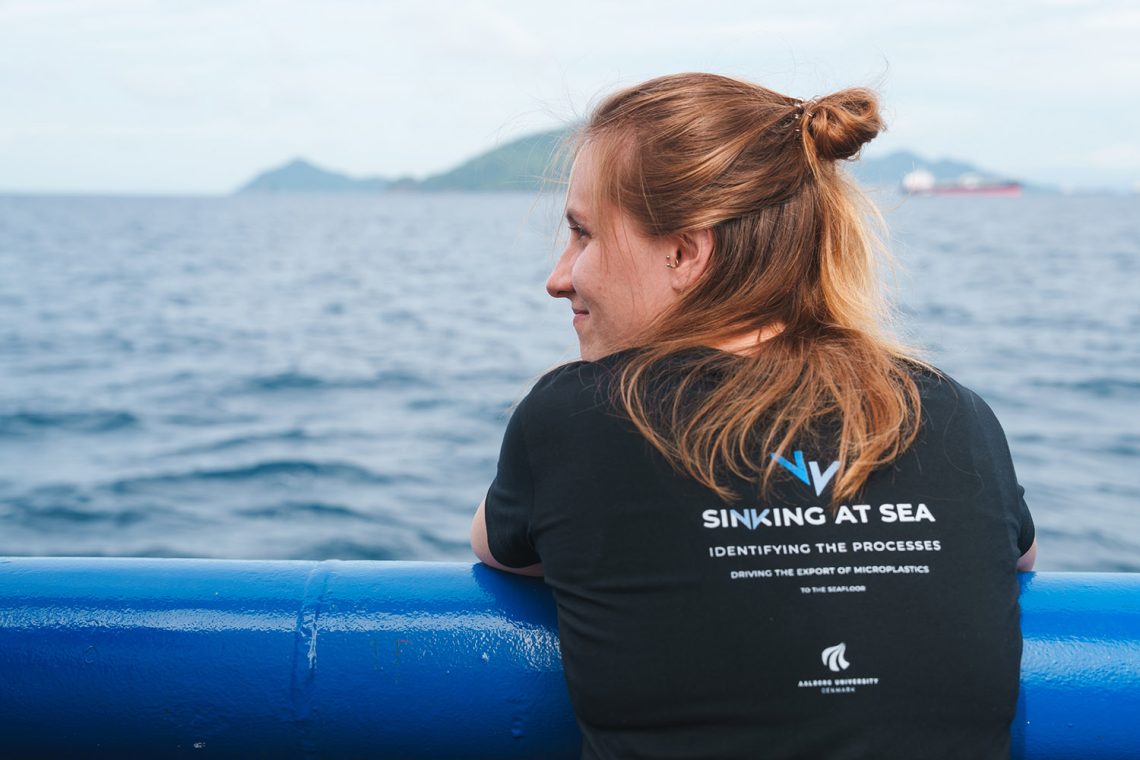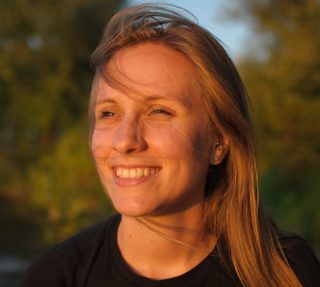At last, the day we’ve been waiting for is here! After what felt like forever of planning this cruise, today we finally departed from Balboa, Panama. The excitement is real, and I cannot wait to see what this journey has in store for us. I am part of the team from Aalborg University, and we are on this expedition to explore the “Sinking Dynamics of Microplastics.” Do you know there are small plastic particles created for all kinds of purposes that eventually end up in our oceans? Well, we want to understand why they ultimately accumulate on the seafloor. What is causing them to sink down there? And are there differences between the ones floating near the surface and those that reach the seafloor? 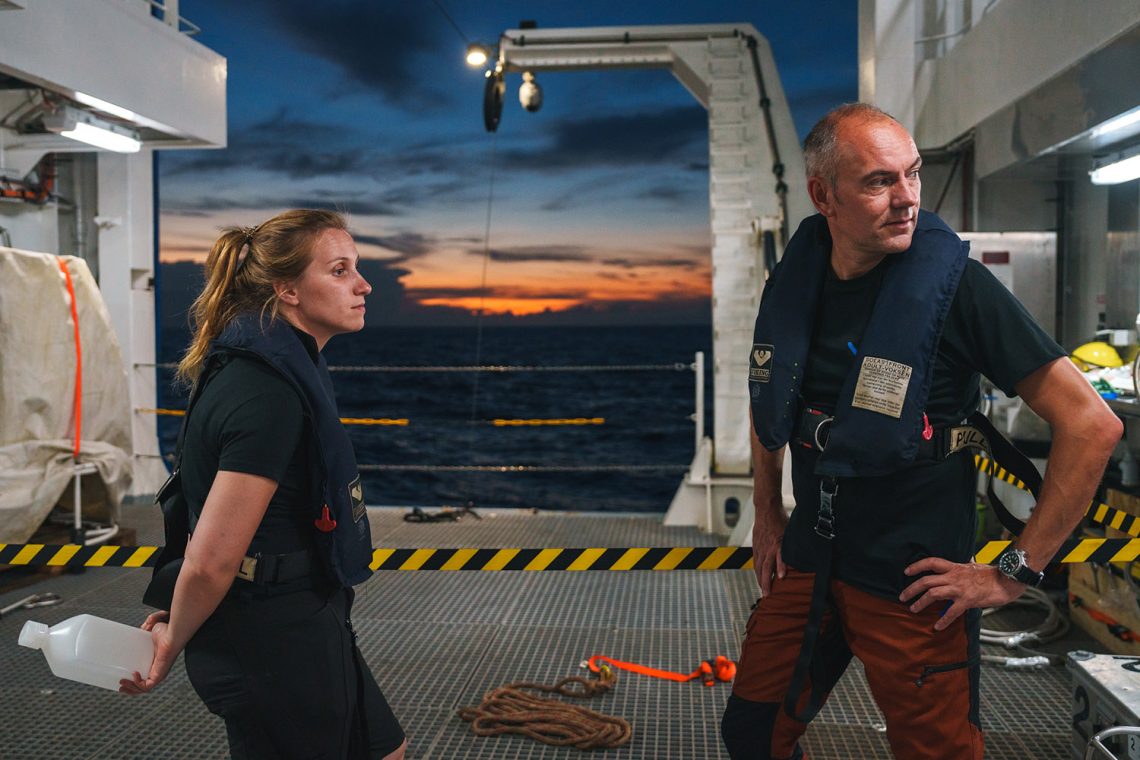
To find the answers, we’re putting all our efforts into characterizing the water column and targeting specific depths according to different environmental parameters. Particularly, the pycnocline – a layer in the ocean where the water density changes rapidly – will play an important role during this cruise. 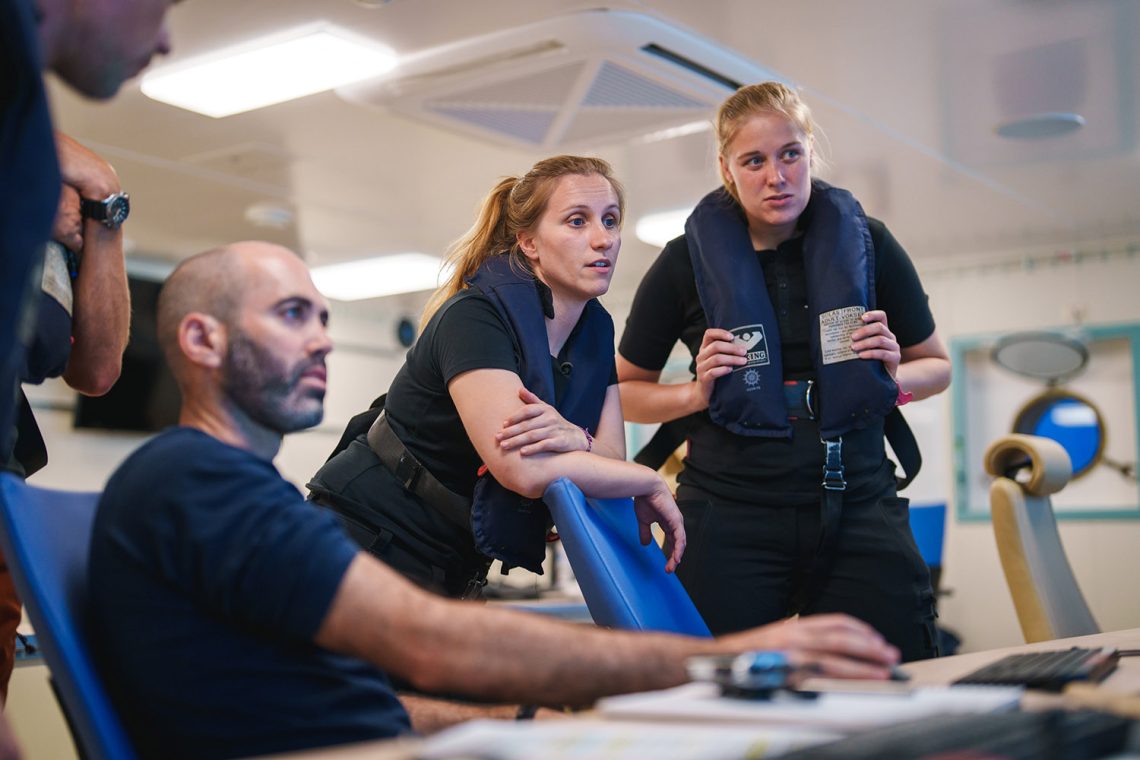
As we arrive at our first location, we are using the new underway plastic-free pump of the Research Vessel Falkor (too) to filter subsurface waters with our UFO (Universal Filtering Object) – a custom-built device specifically designed for microplastic sampling. With this device, we can filter large volumes of water in a short time (1m3/h). Because as you might already know, research time at sea is precious! When we hit the first station, we will collect and filter the nearly 300L of the Falkor (too) CTD Rosette with a novel filtration hub connected to the UFO system to characterize the presence of microplastics in deeper waters, down to 3000 meters. These observations will be supported with other samples collected using a McLane pump, a large-volume filtration device. 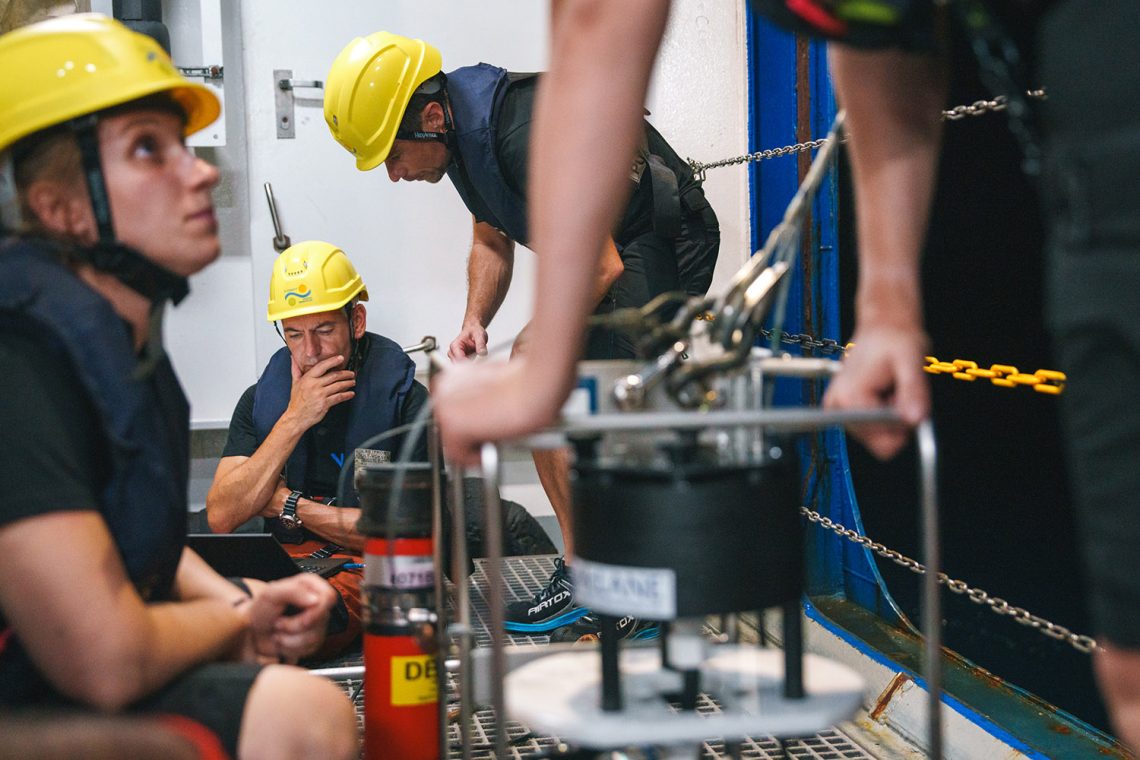
This trip is also special because of our location. We departed from the mouth of the Panama Canal, one of the busiest ship routes in the world. On our way to open waters, we encountered enormous cargo ships awaiting their crossing of the Canal. It felt like being in a traffic jam of a large city, but in the middle of the sea. I am very curious to see if such a massive amount of ship traffic has an impact on the amount of microplastics that we will find in our samples; higher concentrations will allow us to study this phenomenon in more detail. But for now, we will stick to focusing on the fieldwork, since the next few days are going to be intense! 